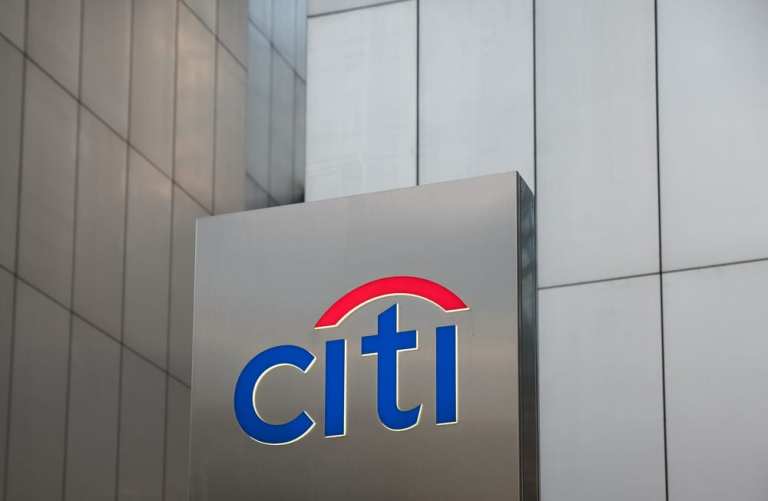Citi Cancels Plans For Cryptocurrency

JPMorgan Chase isn’t the only bank that has been working on a cryptocurrency. Citigroup was as well, but ultimately decided to scrap it instead of bringing it to market.
That’s according to CoinDesk, which cited Gulru Atak, head of Citi’s Innovation Lab, as saying that after working on a cryptocurrency since 2015, the bank came to the conclusion that while the technology had potential, there were other ways to improve payments.
“Based on our learnings from that experiment, we actually decided to make meaningful improvements in the existing rails by leveraging the payments ecosystem, and within that ecosystem, we are considering the FinTechs as well or the regulators around the world as well, including SWIFT,” the executive said.
When Citi kicked off the development in 2015, it code-named the cryptocurrency Citicoin, but never formally announced the project.
According to Atak, the bank is now looking at effective ways to improve cross-border payments that can be impactful today rather than in the future. She noted that in order to overhaul the cross-border network, all of the banks in the world would have to be on board.
“If we are talking about cross-border payments, how many banks do we have across the world – and how many of them are already on-boarded on SWIFT? And how long has it taken SWIFT to onboard all those banks?” said Atak.
That’s not to say Citi is abandoning blockchain, the technology that underpins cryptocurrency. Atak told CoinDesk the company is exploring blockchain for trade finance. “Our focus is currently more in the trade space and trade finance and trade letters of credit. We are experimenting with this technology, but probably we are a little bit, like, reserved when it comes to making bold public announcements,” she noted.
In February, JPMorgan Chase grabbed headlines when it announced it will roll out its first cryptocurrency. Dubbed JPM Coin, the currency is geared toward its wholesale payments business, which moves $6 trillion globally, and is designed to settle payments instantly between the bank’s customers.